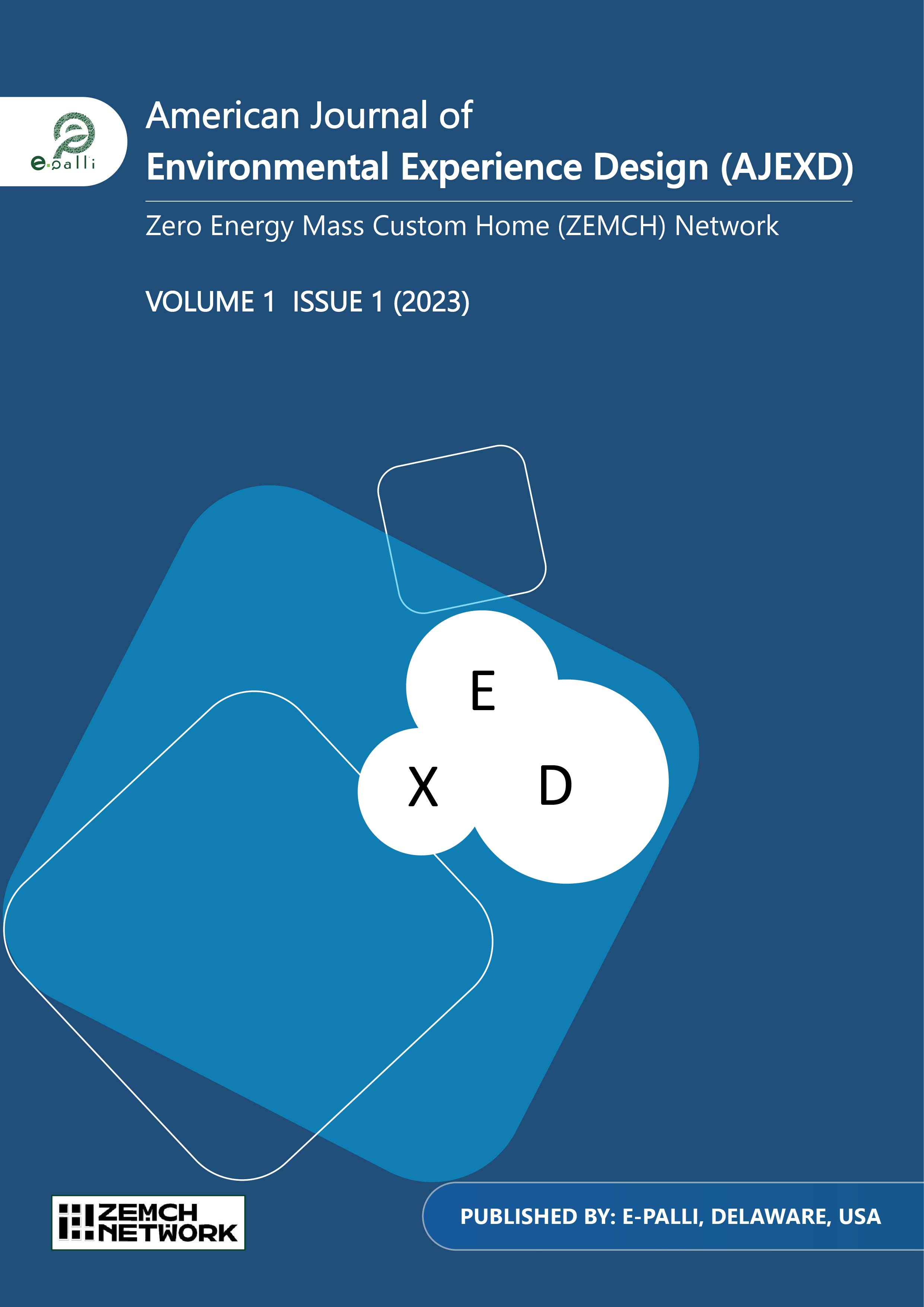Experimental Evaluation of Subjective Thermal Perceptions for Different Local Window Screenings
Keywords:
Thermal Comfort, Subjective Perception, Window Screening, Thermal Performance, TropicsAbstract
In tropical climate, restricting convective gain while allowing cross ventilation creates paradoxical difficulty regarding indoor thermal comfort. Changing global climate gives new dimensions to the scenario results in subsequent pressure on increasing energy demand towards thermal comfort. Passive techniques can be a good way to dealt with the problem. However, occupants’ thermal perception may vary from person to person for a definite indoor environmental setup. Perception of subjective thermal comfort is crucial for human health and wellbeing which in turns effects performance. In the current study evaluation of subjective thermal performance regarding improved indoor thermal comfort has been studied for three different local window screening: i) plastic bottle with its wider face towards wind direction, ii) plastic bottle with its narrower face towards wind direction and iii) perforated bamboo screen. Six subjects: four female and two male (ages between 22-24), have been investigated for 30 mins. in an experimental simulation chamber for three consecutive days. Questionnaire regarding thermal sensation and perception has been prepared to collect subjective response at 10 mins. interval. From the experiment it is seen that subjective responses varies for different window screenings as well as for a specific indoor thermal condition created with definite screening. Subjects find the indoor environment comfortable for screening with plastic bottle with its wider face towards wind direction compared to other two. Bamboo screening has comparatively better performance than the screening plastic bottle with its narrower face towards wind direction. The current analysis only considers the thermal sensation of the subject and further extension of study considering factors like the subject’s site-specific thermal sensation and other psychological effects can contribute towards improving indoor thermal comfort in tropics towards human health and wellbeing.
References
Al Horr, Y., Arif, M., Kaushik, A., Mazroei, A., Katafygiotou, M., & Elsarrag, E. (2016). Occupant productivity and office indoor environment quality: A review of the literature. Building and environment, 105, 369-389.
Alexander, L.V., Zhang, X., Peterson, T.C., Caesar, J., Gleason, B., Klein Tank, A.M.G., Haylock, M., Collins, D., Trewin, B., Rahimzadeh, F. and Tagipour, A. (2006). Global observed changes in daily climate extremes of temperature andprecipitation. Journal of Geophysical Research: Atmospheres, 111(D5).
Architectural Digest. (2022, April 7). Sustainable Building Materials for an Eco-Friendly Home. Retrieved from https://www.architecturaldigest.com/story/sustainable-building-materials.
ASHRAE, G., & Guideline, A. S. H. R. A. E. (2010). 10P. Interactions affecting the achievement of acceptable indoor environments. American Society of Heating, Refrigerating and Air-Conditioning Engineers.
Boukhanouf, R., Alharbi, A., Ibrahim, H. G., & Kanzari, M. (2013). Investigation of a sub-wet bulb temperature evaporative cooler for buildings. In Sustainable Building Conference, 13, 70-79.
Chowdhury, M. H. K. and S. K. Debsharma (1992). Climate change in Bangladesh, A statistical review. Report on IOC-UNEP Workshop on Impacts of Sea Level Rise due to Global Warming, NOAMI.
Chowdhury, S., Ahmed, K. S., & Hamada, Y. (2015). Thermal performance of building envelope of ready-made garments (RMG) factories in Dhaka, Bangladesh. Energy and Buildings, 107, 144-154.
Clements-Croome, D. (2017). Effects of the built environment on health and well–being. In Creating the Productive Workplace, Routledge, 3-40.
Climate to Travel. (n.d.). Climate of Bangladesh. Retrieved from https://www.climatestotravel.com/climate/bangladesh
Department of Energy. (n.d.). Weatherize: Windows. U.S. Department of Energy. Retrieved from https://www.energy.gov/energysaver/weatherize/windows
Energy.gov. (n.d.). Energy-Efficient Windows. U.S. Department of Energy. Retrieved from https://www.energy.gov/energysaver/energy-efficient-windows
Hasan, A., & Sarkar, M. (2017). Thermal comfort and energy efficiency of residential buildings in tropical climates: A review. Renewable and Sustainable Energy Reviews, 73, 123-139. doi: 10.1016/j.rser.2017.01.135
Huq, S. and J. Ayers (2007). Critical list: the 100 nations most vulnerable to climate change, IIED.
Jamaluddin, N., Khamidi, M.F., Wahab, S.N.A. and Klufallah, M.M., 2014. Indoor thermal environment in tropical climate residential building. In E3S Web of Conferences (EDP Sciences), 3, 01026.
Katili, A. R., Boukhanouf, R., & Wilson, R. (2015, August). Space cooling in buildings in hot and humid climates—a review of the effect of humidity on the applicability of existing cooling techniques. In 14th International Conference on Sustainable Energy Technologies –SET, 3, 90.
Li, B., Yao, R., Wang, Q. and Pan, Y. (2014). An introduction to the Chinese Evaluation Standard for the indoor thermal environment. Energy and Buildings, 82, 27-36.
Mallick, F. H. (1994). Thermal Comfort for Urban Housing in Bangladesh. Ph.D. Thesis, Architectural Association School of Architecture, London, UK. Unpublished work.
Mallick, F. H. (1996). Thermal comfort for urban housing in Bangladesh.
Mia, N. M. (2003). Variations of the temperature of Bangladesh. In Proceedings of SAARC Seminars on Climate Variability in the South Asian Region and its Impacts, SMRC, Dhaka.
Pérez-Lombard, L., Ortiz, J. and Pout, C. (2008). A review on buildings energy consumption information. Energy and buildings, 40(3), 394-398.
Downloads
Published
Issue
Section
License
Copyright (c) 2023 Rezuana Islam, Sajal Chowdhury, Mahbuba Afrin, Amit Kusum Chowdhury, Mahzerin Sultana, Tahjiba Tarannum, Saadia Jahan Noor, Nafis Ahmed Mahdi

This work is licensed under a Creative Commons Attribution 4.0 International License.





